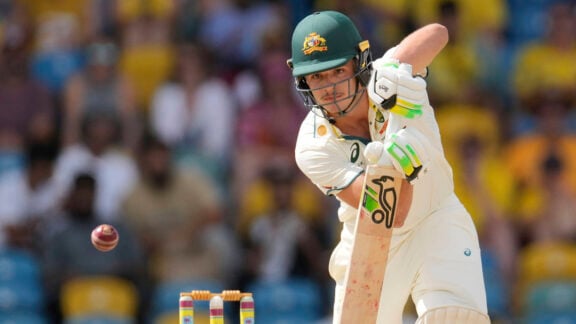The Reserve Bank reduced the official cash rate to 2.5 per cent this week, which is good news for people with a mortgage. However, I’m concerned that this low interest-rate environment has produced a very confusing borrowing market for consumers.
With rates coming down and competition heating up, lenders have had to pull out all the stops in order to attract and retain customers. So, one tactic that has become popular amongst marketers is to highlight the ‘discount’ rate in mortgage advertising.
Discounting isn’t new. Back in the ’90s, banks used to give their high-income customers preferential treatment by offering them discounts, otherwise known as professional packs, with the hope that they could reel the customer in and sell them on other products over the medium to long term.
Now, as interest rates have dropped and margins on each loan are pressured, the discounting strategy is being used as a broader customer acquisition and retention tool, but with one key difference.
Back in 2003, the advertising of ‘honeymoon rates’ became very popular, whereby the lender would promote a low introductory rate with no mention of the true long term cost of the loan. So legislation was created to control interest rate advertising by introducing what’s called the ‘comparison rate’. The comparison rate is a formula that includes all the costs and fees, and it factors in any potential short term discounting to give the borrower a clear picture of the loan’s true rate, the rate they’d be paying over the long term.
Comparison rate legislation is still in place today. However, advertisers who are looking to get their product out to the market in the simplest and most effective way possible have moved away from advertising the interest rate and the comparison rate in favour of advertising just the discount. So now you’ll see ads spruiking a ‘1.05 per cent p.a.’ discount off for the life of the loan, but the interest rate is nowhere to be seen, leaving the consumer to dig to find the actual rate. This makes things all the more difficult for the borrower, who just wants to know the ‘true rate’ they’ll be paying on their loan.
So now that you know how it works, I urge everyone seeking a mortgage to look past the discounts and to focus on the comparison rate, the true rate that you will end up paying over the life of the loan.
This won’t always be easy because the discounts are designed to catch your attention and change your thinking. They make you feel like you’re getting a good deal, which may be true for a pair of sneakers or a new sofa. But with interest rates, there is a lot more to the equation than just the ‘per cent off’.
So at the very least, find out how much your loan is costing you after the discounts and deals. Go searching for your true rate, and make sure it’s competitive. If it isn’t, go get a better one.
* Mark Bouris is the Executive Chairman of Yellow Brick Road, a financial services company offering home loans, financial planning, accounting & tax and insurance. Email Markonmark.neos@ybr.com.au with any queries you may have or check www.ybr.com.au for your nearest branch.
Advertisement
Real rates
The Reserve Bank reduced the official cash rate to 2.5 per cent this week, which is good news for people with a mortgage, says Mark Bouris







